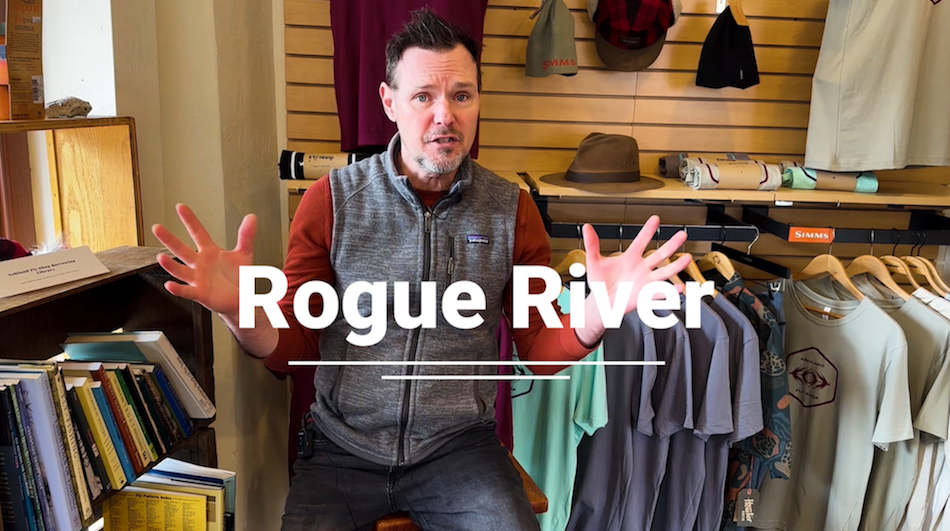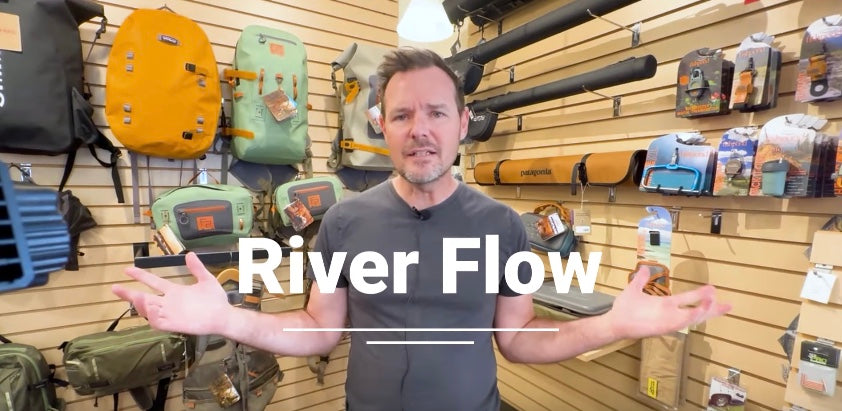1. Get the Gear. This is when you dust off the 8 weights, 5 inch flies, and mega sink-tips. Your summer steelhead rig might not cut it. While I fish mostly 6 and 7 weights in the summer, winter is a 7 and 8 weight game. Be armed with the proper Skagit lines. You’ll need a variety of sink-tips and flies in your arsenal. Many of our coastal rivers are small and require fishing in tight quarters. An 8wt Switch rod or short Spey up to 12 feet is ideal. On the big rivers, a 7 or 8 weight Spey up to 14 feet will allow you to make longer casts and cover large swaths of prime water. Beef up your leader and hooks. I prefer 12 or 15lb Maxima Ultragreen. I’ll only go down to 10lb if the water is clear and I am using a small fly. That is pretty rare. For trailing hooks, size 1 and 2 Owners are my staple. Anything smaller and you are risking failure.
2. Timing is Everything. Winter steelhead won’t wait for you. They don’t care about your holiday plans, football, or date night. You have to go when it’s right. Learning to identify the window of opportunity is key. So, what is the best time? Within the December to March season, for example, you might only have 6 or 8 really good windows of opportunity. When you have a river dropping after a good rain, there is a sweet spot that you need to find. That sweet spot happens when the water is dropping and clearing. As you fish that river on the drop, take note of the CFS or Feet as measured by the USGS. Learn to anticipate those conditions based on weather and river forecasts. Once you have done that, you can plan accordingly.
3. Find the Right Water. Once you are staring at a river that is on the drop, green in color, and has between 3 and 6 feet of visibility, you have to edit your water. There are 2 main types of steelhead water: holding water and travelling water. If you are fishing the lower reaches (within 5-10 miles of ocean) of any steelhead river, you are likely to find travelling water. Typically, steelhead will take the path of least resistance in this case. Position yourself in the (prospective) travelling lane. Fish slow and be patient. In this case, fish are moving upstream. So, you don’t need to move downstream in the typical “step, cast, swing” fashion. Holding water, however, comes in a variety of forms. Tail-outs, ledges, boulders, or any structure that provides current relief and safety defines holding water. Based on the depth and speed, pick your sink-tip and fly combination accordingly. This is the most technical part of swinging for winter fish and will require some trial and error.
4. Learn Each River’s Personality. You might start with learning one river at a time. What you need to find out how long it takes for a river to come into shape and how long is stays there. Every river is different based on the watershed and the health of it. A heavily logged watershed with lots of erosion potential can cause a river to stay blown out longer. A healthy watershed tends to clear faster. Longer, bigger rivers clear slower and have other factors like the influence of larger tributaries. Once you learn each river’s personality, you can make a strategy based on conditions, and waste less time driving around looking for prime water to fish.
5. Be Persistent and Keep Going. Even if you aren’t sure if you are doing it right, you have to believe that you are! The number of hours that go into swinging for winter steelhead are 5 times that of their summer cousins. You will get skunked. You will burn up a lot of gas. You will question your sanity. But, the time will come when you get smoked by a chrome rocket, and it will all be worth it!



